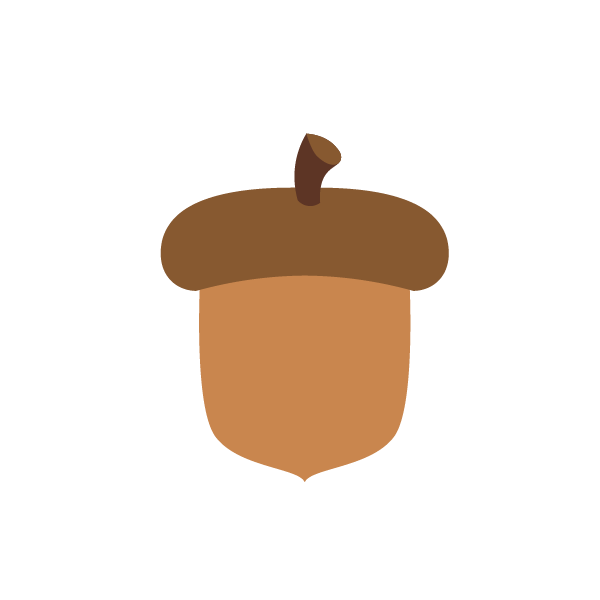Banana
Bananas are one of the most popular fruits in the world. They are grown in tropical climates and are a good source of dietary potassium. Bananas are also a good source of dietary fiber. There are three main types of bananas: the Cavendish, the plantain, and the baby banana. The Cavendish is the most common type of banana found in supermarkets. Plantains are larger and starchier than Cavendish bananas. Baby bananas are smaller and sweeter than Cavendish bananas.
Nutritional value
Bananas are a great source of dietary potassium, vitamin C, dietary fiber and vitamin B6. They can also help you regulate blood sugar levels.
Health benefits
Bananas are a healthy fruit that provide many essential nutrients. They are a good source of dietary potassium, vitamin C, dietary fiber and vitamin B6. They can also help you regulate blood sugar levels. Bananas are low in calories and fat, and they contain no cholesterol.
Risks
Bananas are a healthy and delicious snack option, but there are some risks associated with eating them. For example, if you eat a banana that is too ripe, you could get food poisoning. Bananas also contain a lot of sugar, so eating too many of them can lead to weight gain.
Tips
If you want to learn how to pick a ripe banana, here are some tips. The first thing you want to do is look at the color of the banana. If it is mostly yellow with a few brown spots, then it is ripe. If it is all brown, then it is overripe and if it is all green, then it is not ripe yet. Another thing you can do is to gently squeeze the banana. If it is soft, then it is ripe. If it is hard, then it is not ripe yet. You also want to make sure that there are no bruises on the banana. If there are, then it is not ripe.
